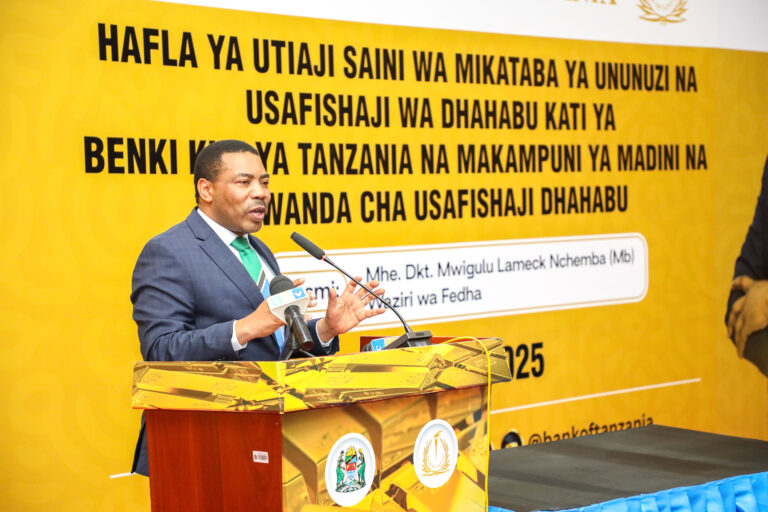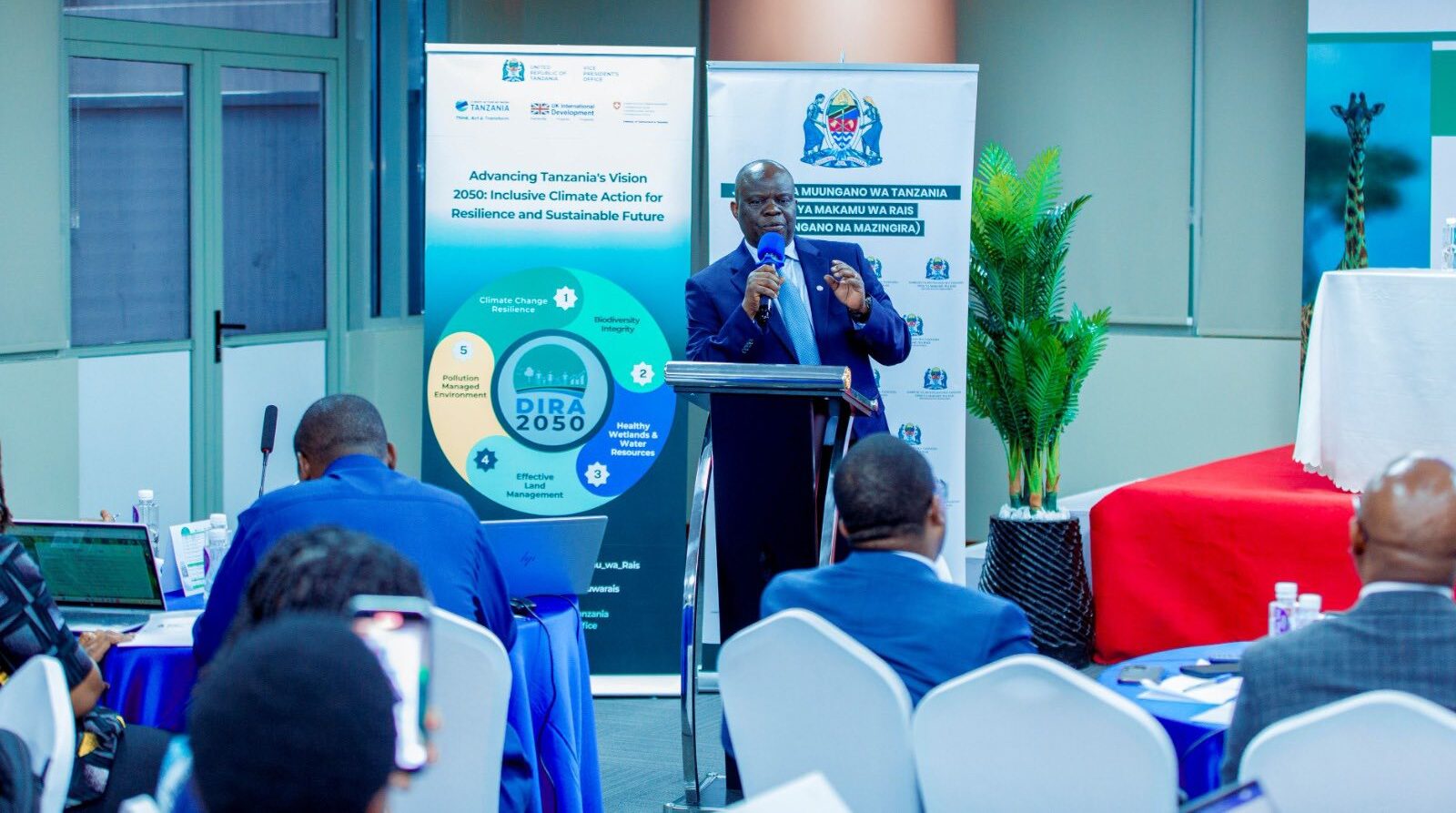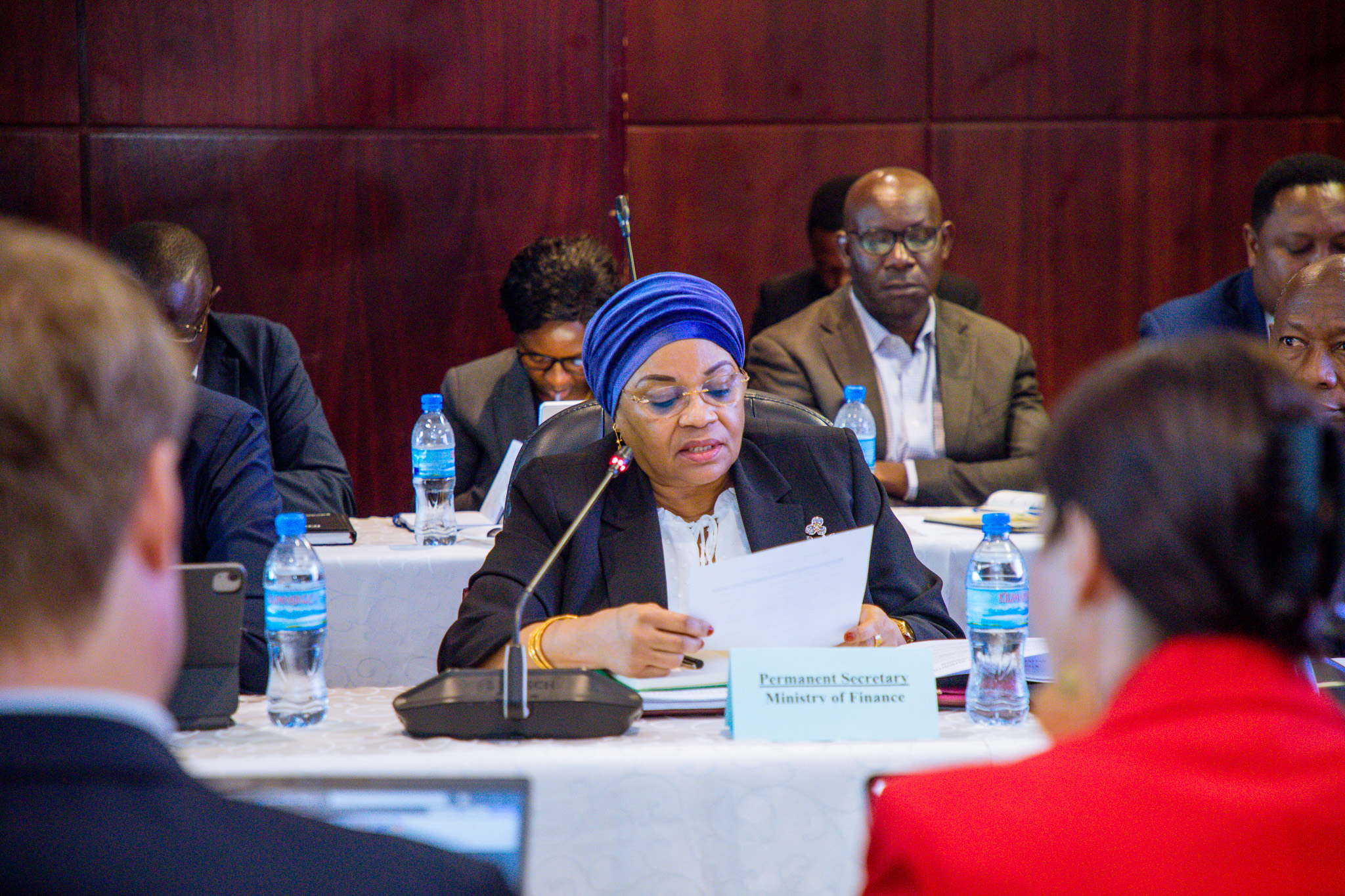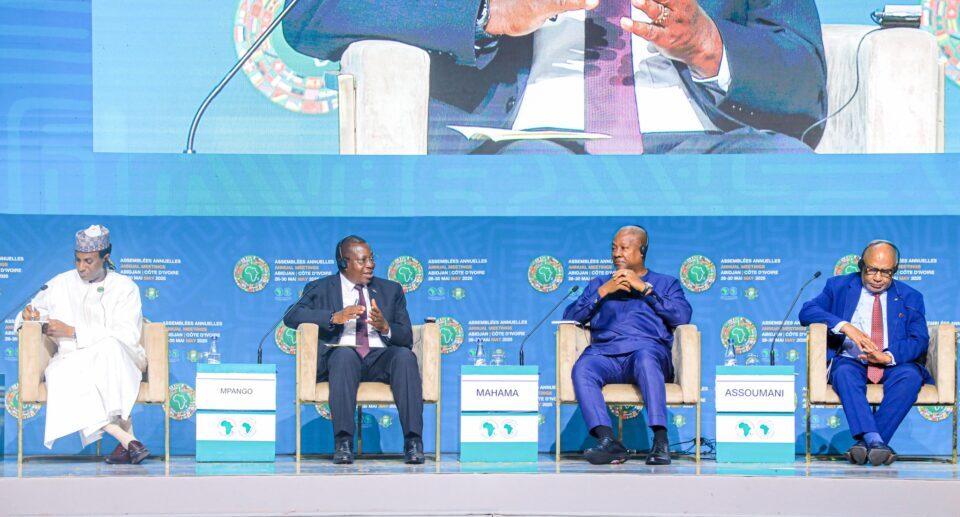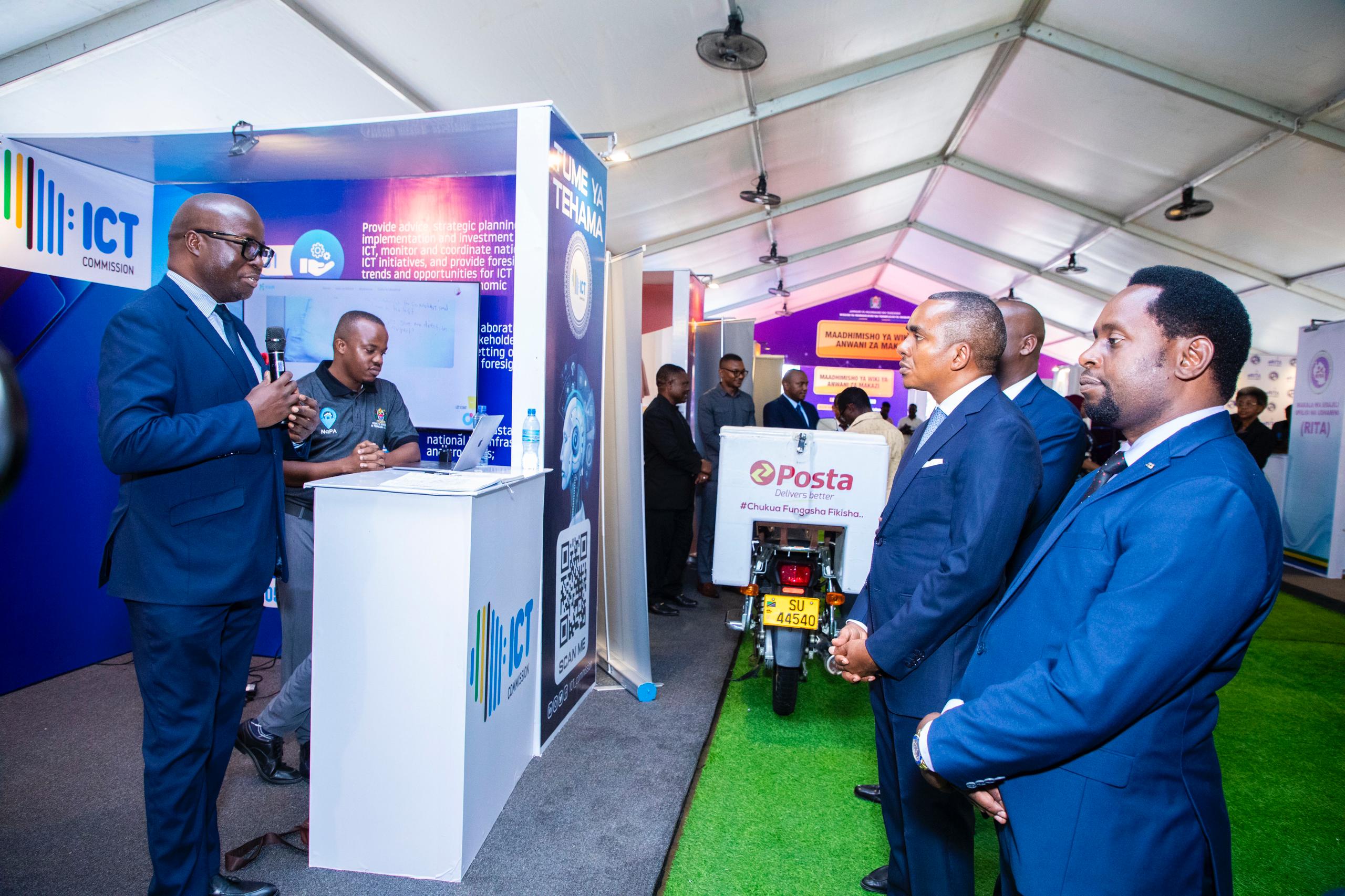Dar es Salaam. In a bold demonstration of strategic economic planning and execution, the Bank of Tanzania (BoT) has surpassed its annual target for gold acquisition, purchasing 5.02 metric tons of refined gold valued at $554.28 million (about Sh1.43 trillion) by June 13, 2025.
This figure significantly surpasses the initial annual target of $350 million (Sh904.3 billion) for the fiscal year 2024/25.
Such an overachievement is not merely a triumph of numbers, but a symbol of evolving national priorities.
It reflects the increasing precision of Tanzania’s domestic gold procurement systems, the maturity of its financial institutions, and a deepening synergy between government policy, central bank action, and the broader mining sector.
This gold acquisition initiative, launched in the 2022/23 financial year, was never about accumulation for its own sake.
It was a deliberate step away from external dependency and toward self-reliance.
Tanzania, long rich in mineral resources but historically limited in value retention, had begun a quiet revolution—anchoring its foreign exchange reserves in gold, a resource it both owned and could control.
The legal framework underpinning this transformation was rooted in Article 59 of the Mining Act, which mandates that miners allocate at least 20 percent of their gold for domestic sale.
Crucially, the BoT holds the legal right of first refusal, ensuring that the country’s most strategic asset remains in national hands before reaching foreign markets.
But the heart of this initiative lies not in law alone—it lies in vision.
That vision belongs to President Samia Suluhu Hassan, whose administration has prioritized economic sovereignty, industrial value addition, and equitable distribution of wealth.
Her approach recognizes that natural resources, if managed strategically, can be more than just exports—they can become instruments of national stability and prosperity.
This vision came into sharp focus on Monday, June 16, 2025, during a high-level contract signing ceremony held in Dodoma.
There, the BoT formalized gold purchase agreements with three of the country’s most prominent mining companies—Shanta Mining, Buckreef, and Geita Gold Mining—as well as Geita Gold Refinery (GGR), Tanzania’s leading gold processing facility.
Witnessed by key government leaders, including Finance Minister Dr Mwigulu Nchemba, Minister for Minerals Antony Mavunde, and BoT Governor Emmanuel Tutuba, the event marked a long-term commitment to domestically anchored value chains.
As the government’s chief architect of fiscal and economic coordination, Dr Nchemba provided strategic clarity and set the tone for what this milestone truly means for Tanzania’s economy.
He stressed that the gold acquisition program is not just about asset accumulation, but about long-term monetary stability and resilience.
By building foreign exchange reserves through domestically sourced gold, Tanzania is asserting financial independence and protecting itself from global market volatility.
Dr Nchemba also underlined the program’s role in strengthening the local refining industry—particularly GGR—whose ability to meet international standards, such as those set by the London Bullion Market Association (LBMA), would elevate Tanzania’s gold onto the global stage as a premium, traceable, and value-added product.
Yet, for Dr Nchemba, the success of this initiative goes beyond economics.
It represents an ethical commitment to ensuring that Tanzania’s natural resources deliver tangible benefits to its people.
In his view, the growing gold reserves signal something more profound: the reassertion of Tanzania’s sovereignty over its mineral wealth.
Alongside him, Minister for Minerals brought in the sectoral perspective.
With clarity and conviction, Mr Mavunde outlined the tangible impact of the reforms championed under President Samia’s administration.
Under his stewardship, the mining sector has seen its GDP contribution grow from 9 percent in 2015 to 10.1 percent in 2024/25.
Just as striking is the increase in government revenue from mining—from Sh162 billion to over Sh753 billion annually, with a clear path toward hitting the Sh1 trillion mark.
For Mr Mavunde, these gains are not coincidental—they are the direct result of deliberate structural reforms, including tightening compliance, formalizing mineral markets, and investing in local beneficiation.
He also highlighted how domestic gold trade—mandated through Article 59—has provided predictability and transparency for both the state and mining companies.
Rather than driving away investment, this legal clarity has fostered collaboration, as demonstrated by the enthusiasm with which the private sector has embraced these agreements.
At the operational helm of the gold acquisition program is BoT Governor Emmanuel Tutuba, whose leadership has translated policy into action.
Governor Tutuba shared that the 5.02 metric tons of gold acquired by the central bank—valued at over $554 million and exceeding the fiscal year’s target by more than $200 million—represents not just a boost to reserves, but a fundamental reimagining of how Tanzania manages its monetary future.
Mr Tutuba elaborated that gold now functions as a stabilizing asset within the country’s reserve portfolio, providing a hedge against inflation, currency fluctuations, and external debt pressures.
He also emphasized that refining partnerships with firms like GGR are critical not just for reserve building, but for embedding gold processing as a pillar of domestic industry.
These refineries, supported through coordinated government and central bank policy, serve both as economic engines and quality assurance systems, pushing Tanzanian gold toward global acceptance and certification.
Still, all three leaders—Dr Nchemba, Mr Mavunde, and Mr Tutuba—acknowledged that continued success depends on long-term vigilance.
Mining companies must maintain compliance with domestic allocation requirements.
Investment in refining infrastructure and adherence to international standards must not falter.
And policymakers must resist the temptation to view this success as a final destination.
Instead, it should be seen as the foundation of a more resilient, self-sufficient, and value-driven economy.
The spirit of partnership was unmistakable. Mining companies did not just participate in the agreements—they endorsed the vision.
For them, the program offers regulatory clarity, domestic market security, and the opportunity to be part of a long-term national transformation.
As the gold flows into the BoT’s vaults and local refineries scale up operations, Tanzania is not merely gathering reserves—it is assembling the scaffolding for an independent economic future.
It is taking control of its narrative, asserting ownership of its resources, and proving that strategic policy, guided by strong leadership and grounded institutions, can shift the destiny of a nation.
In this chapter of Tanzania’s economic story, gold is not just a precious metal—it is a strategic instrument, a symbol of self-determination, and a foundation for future prosperity.

